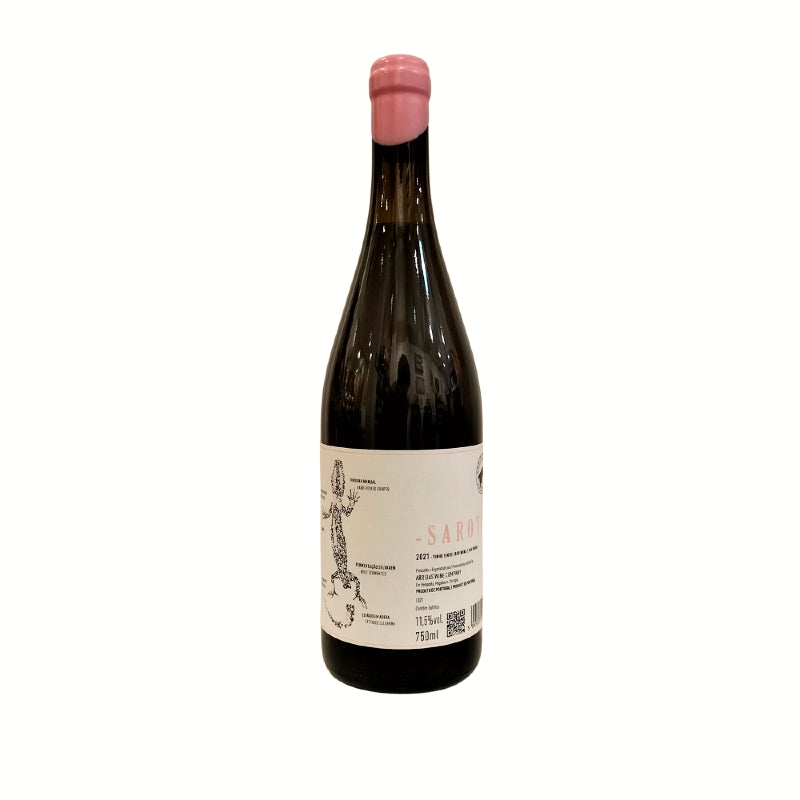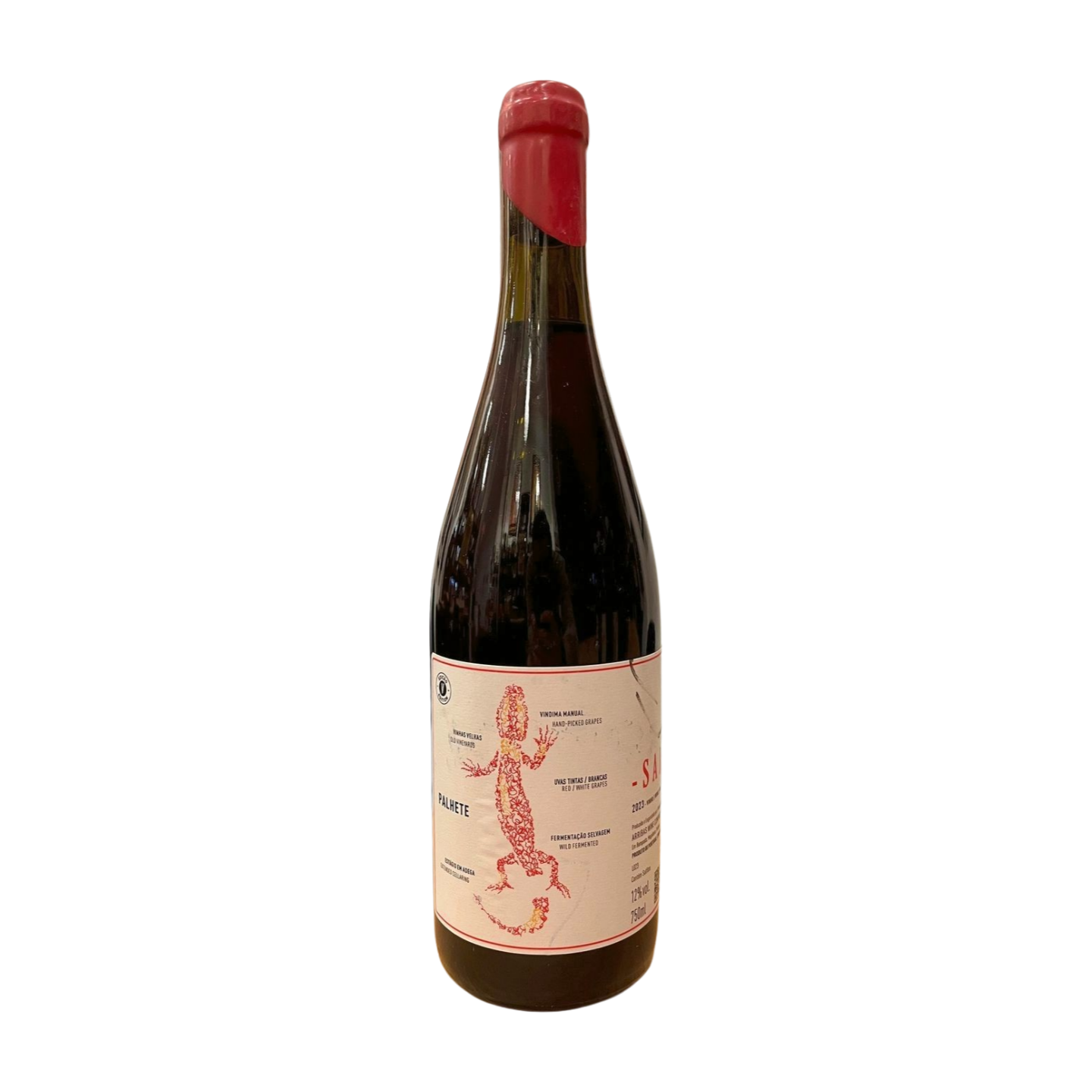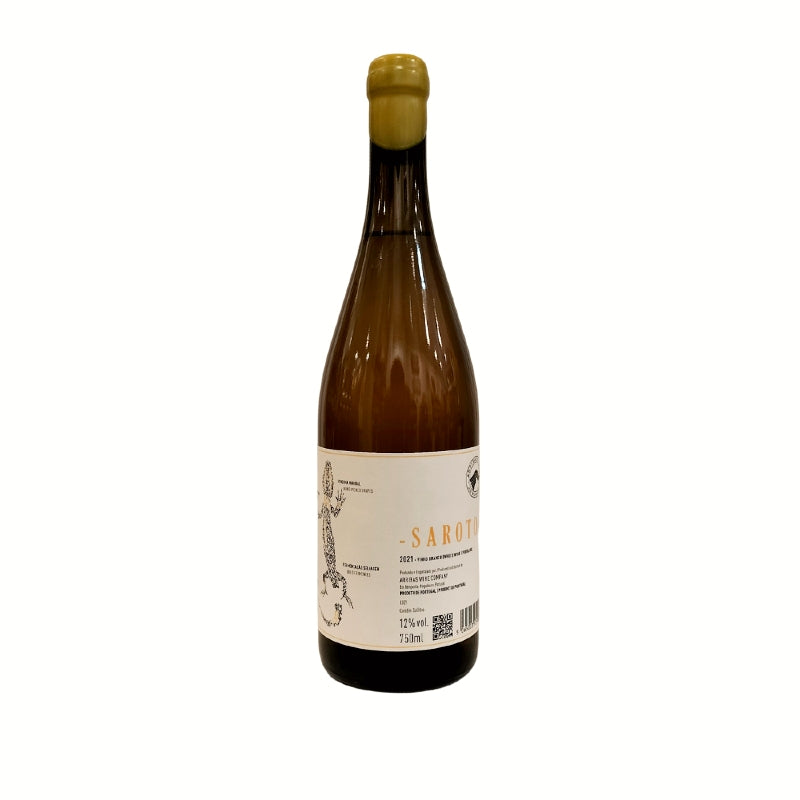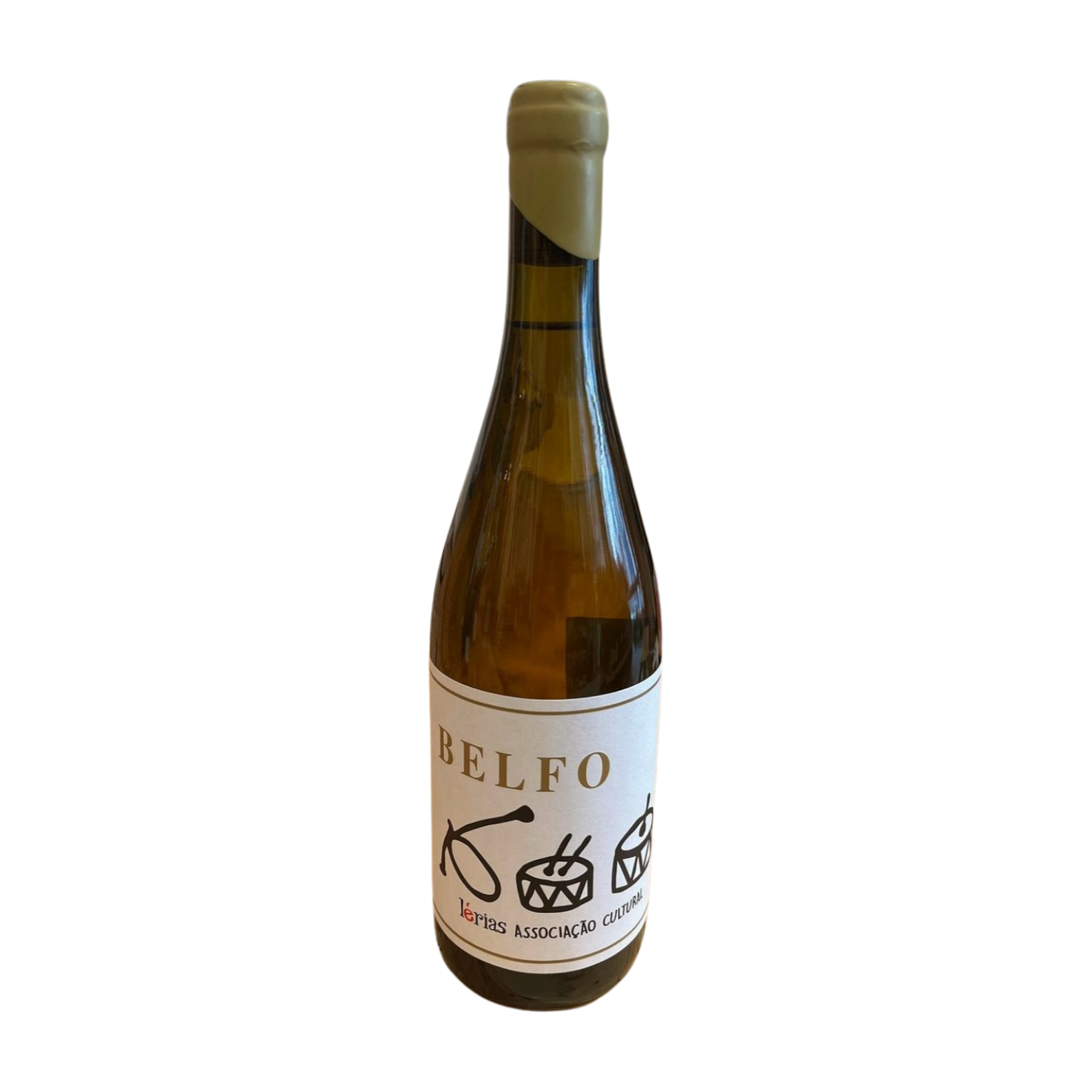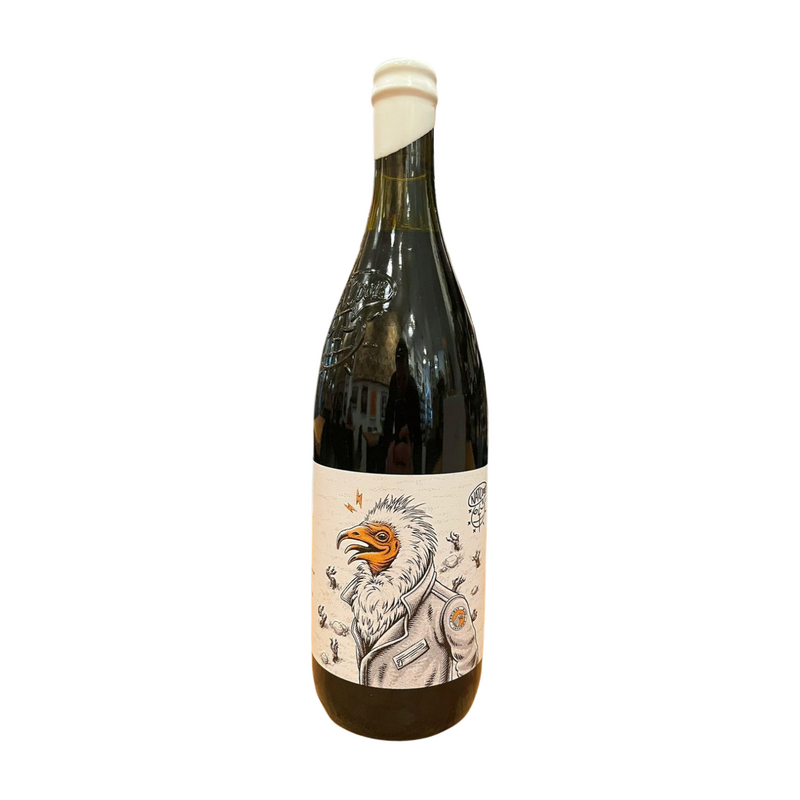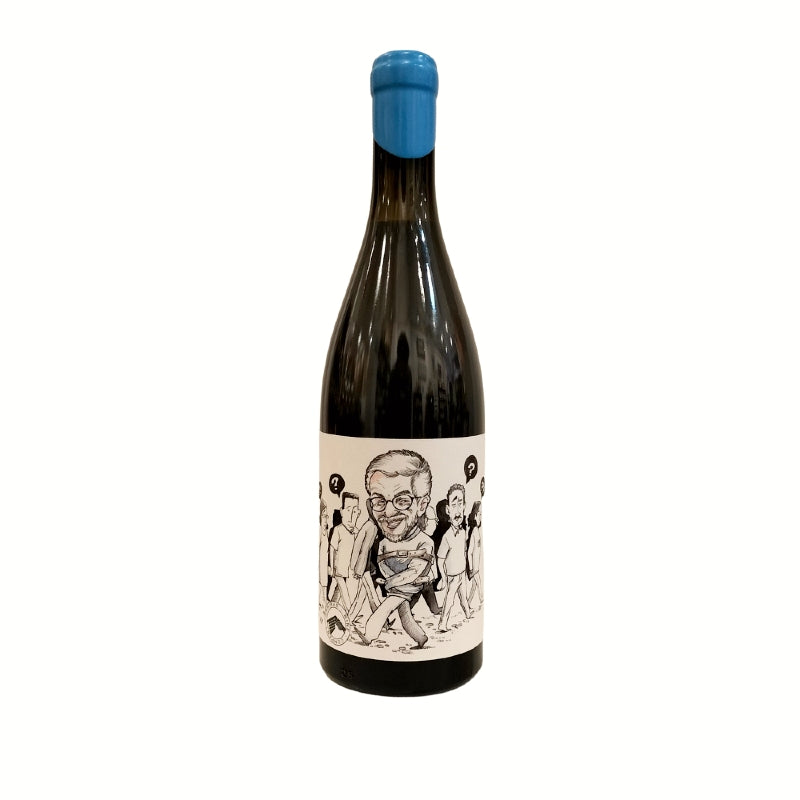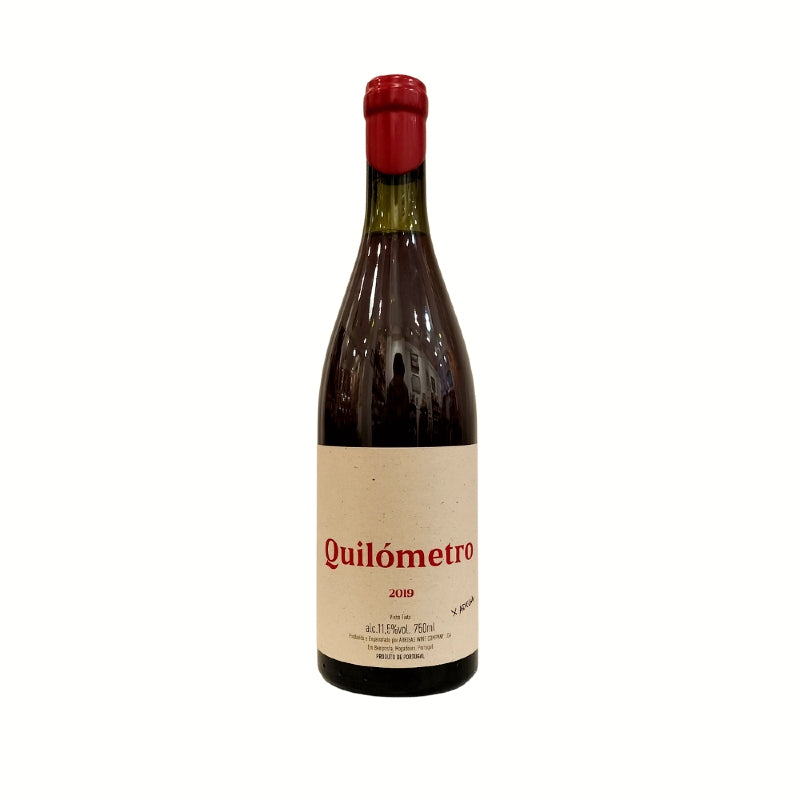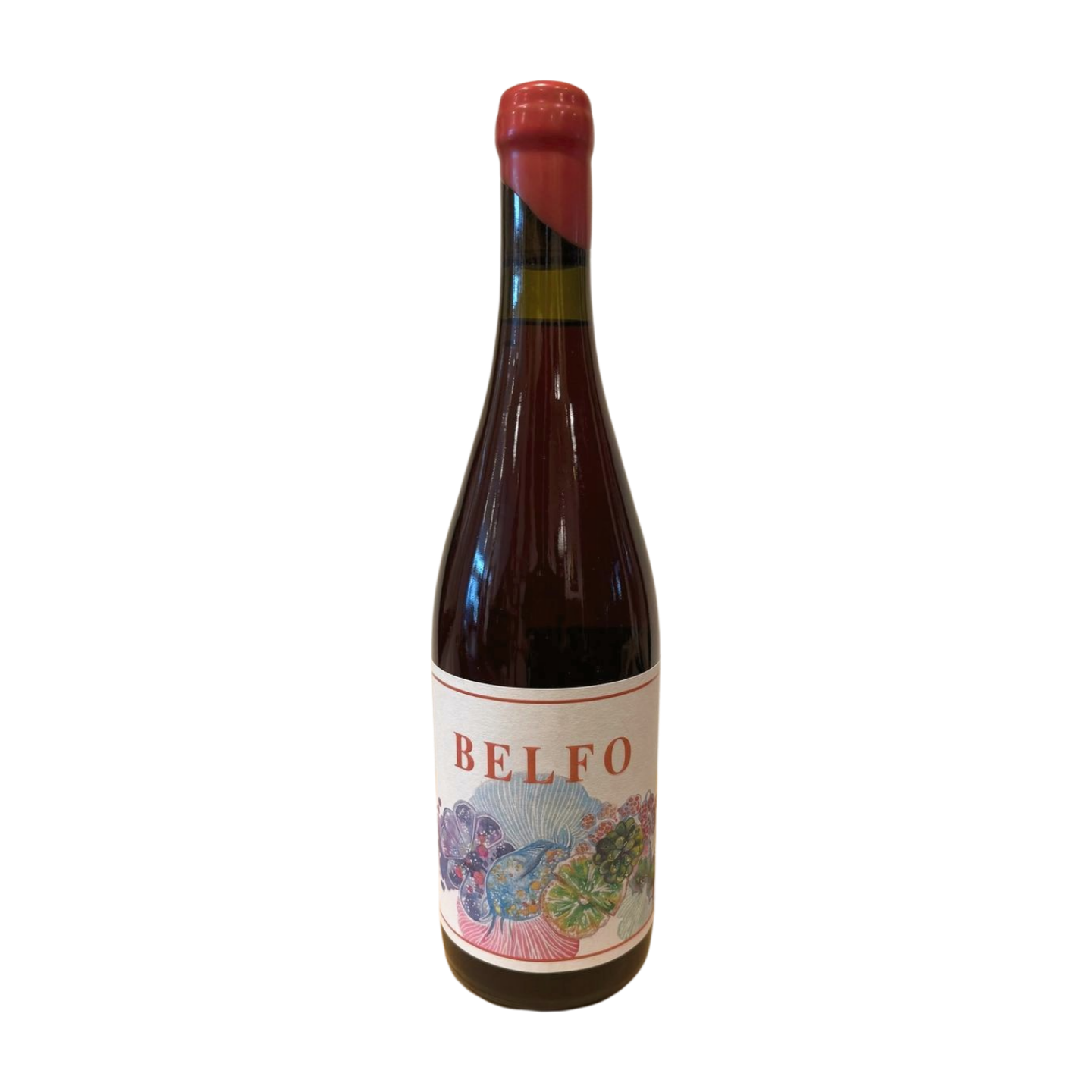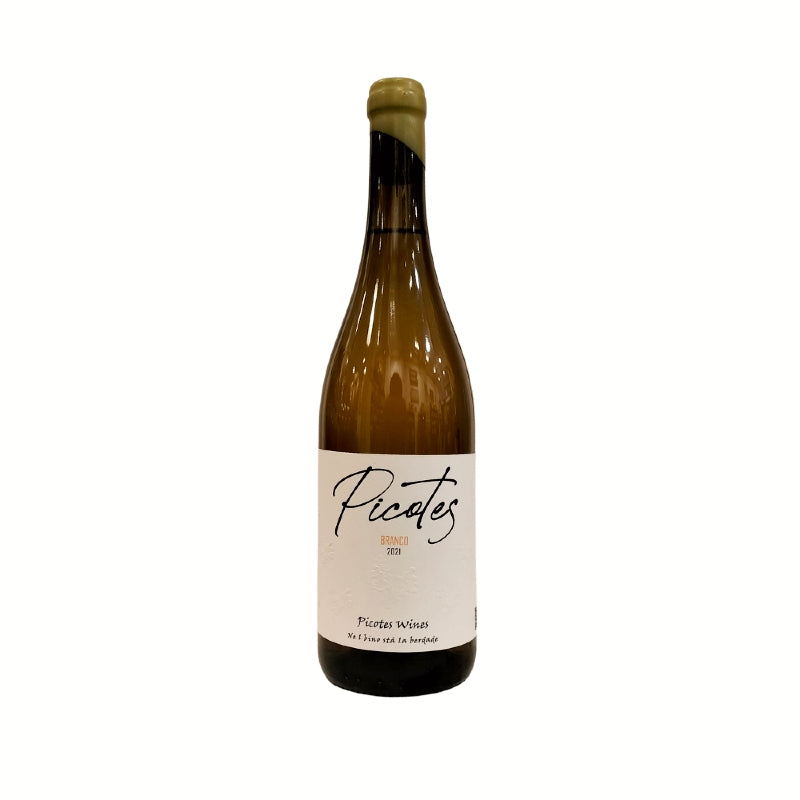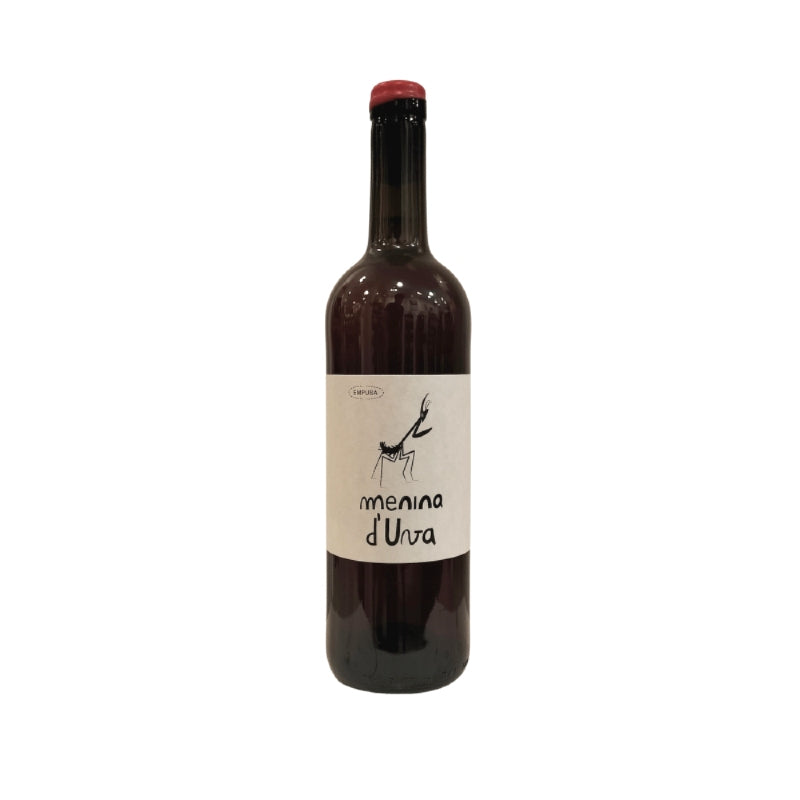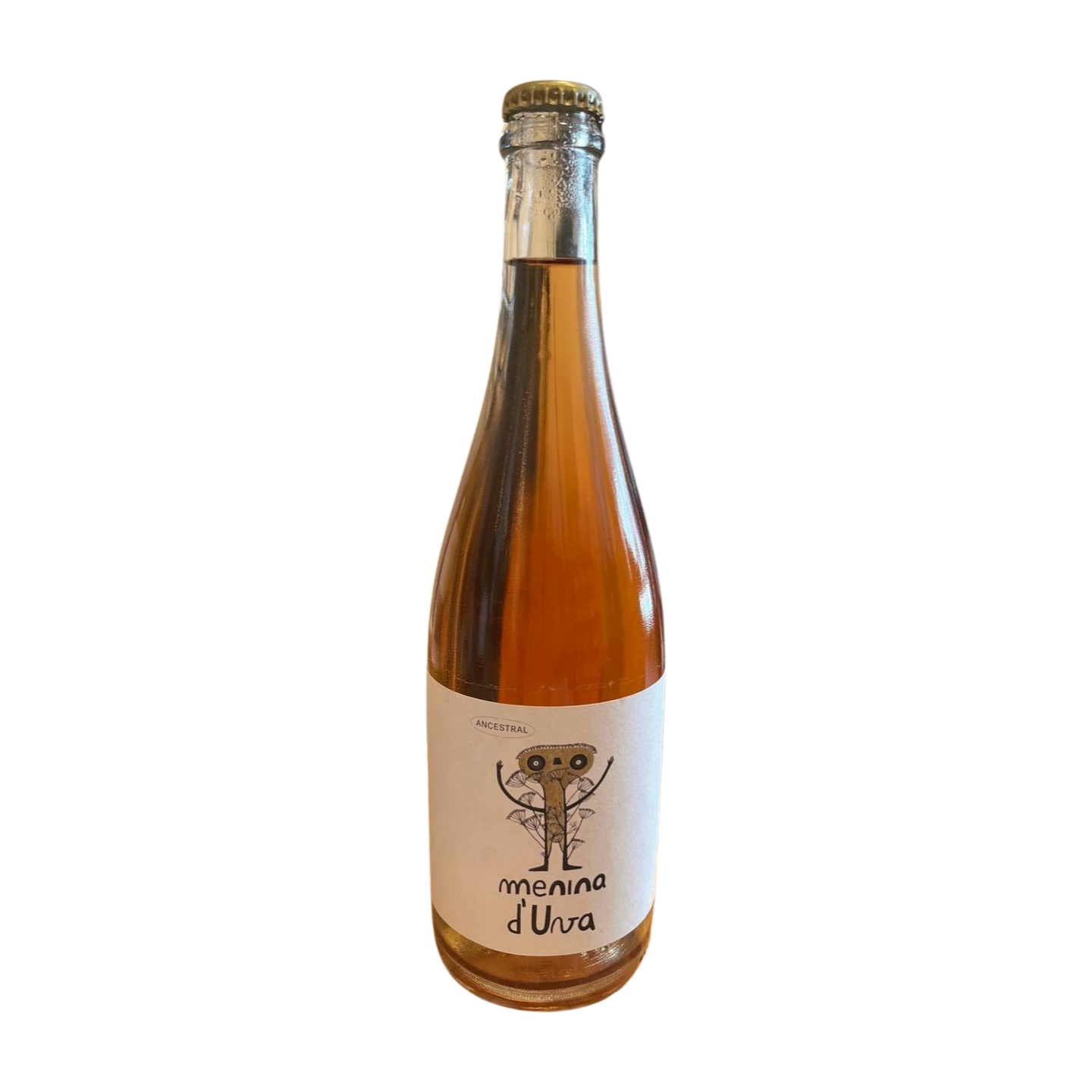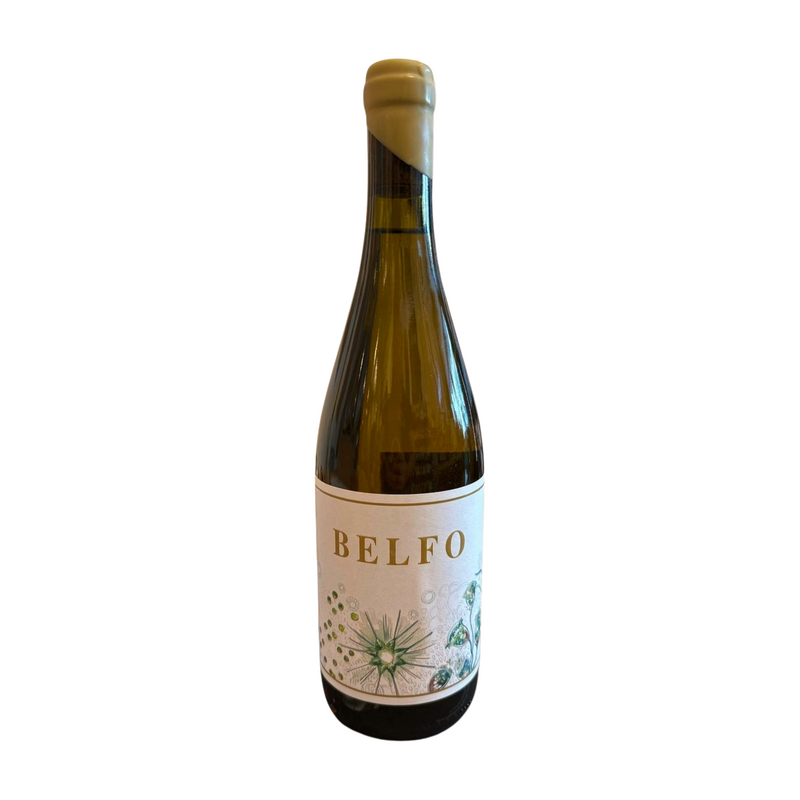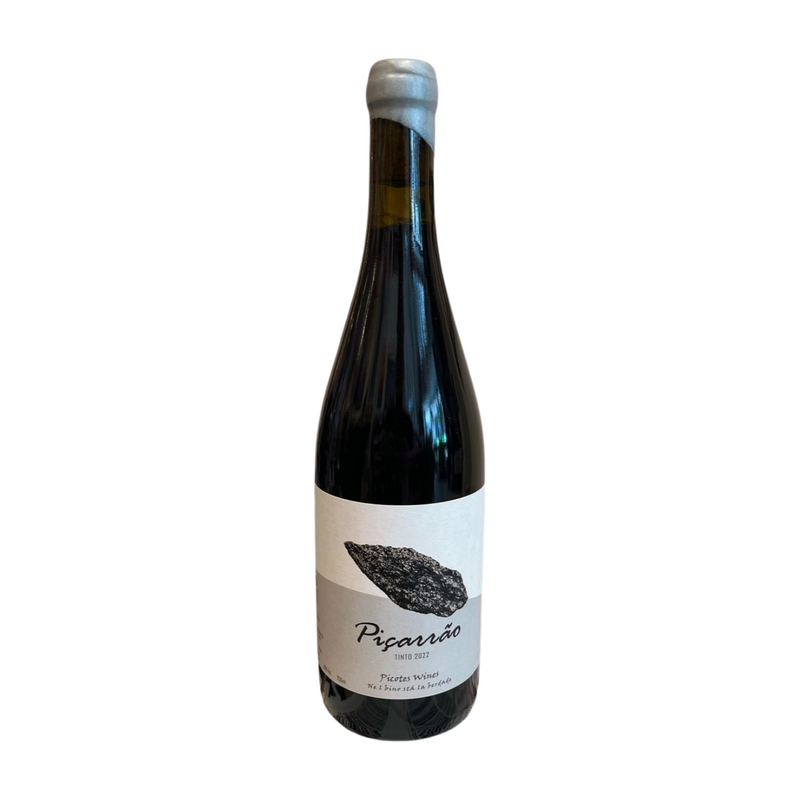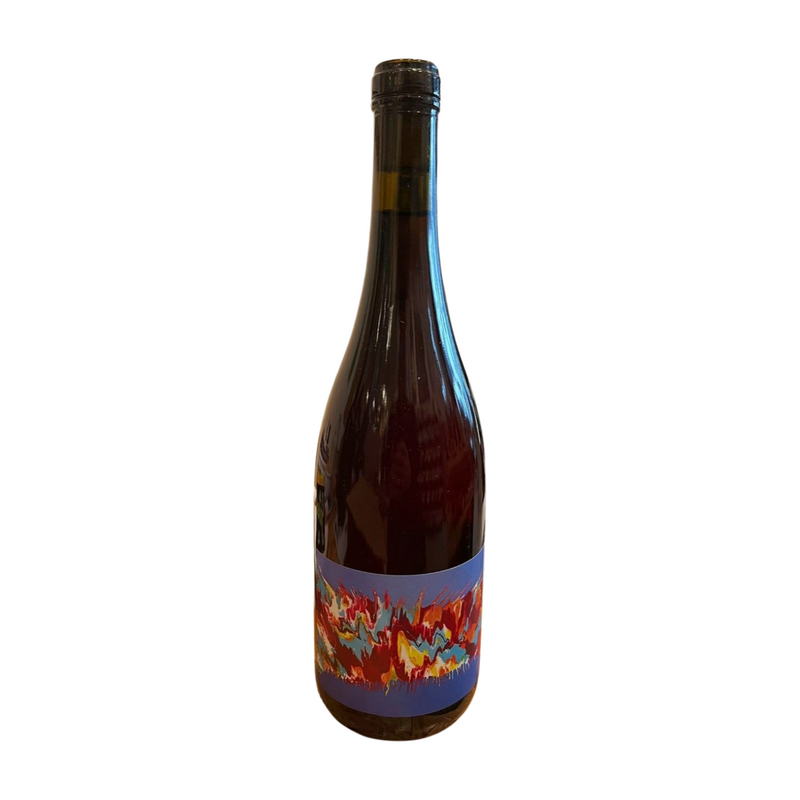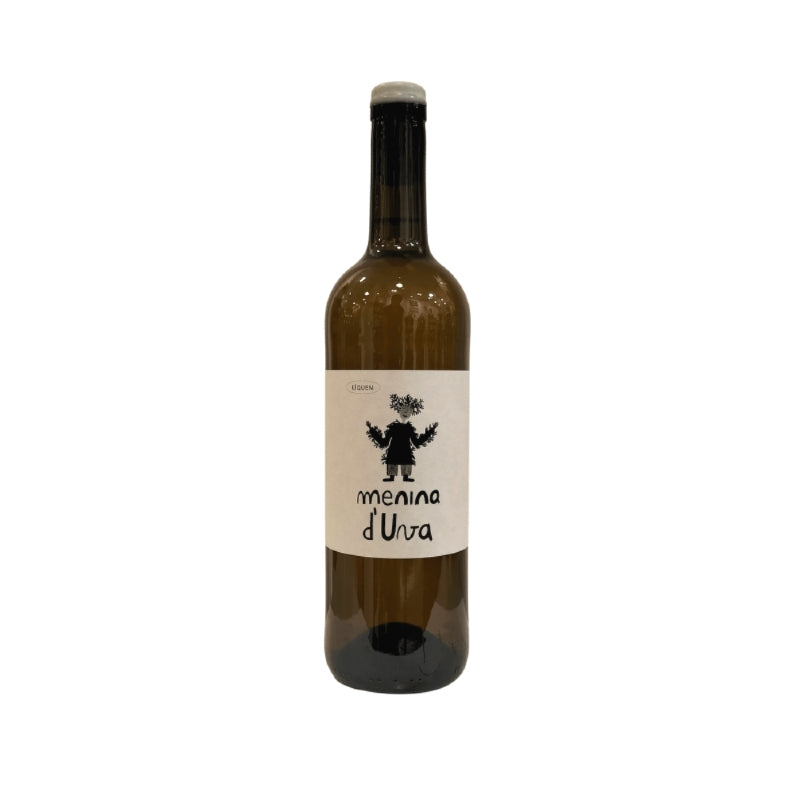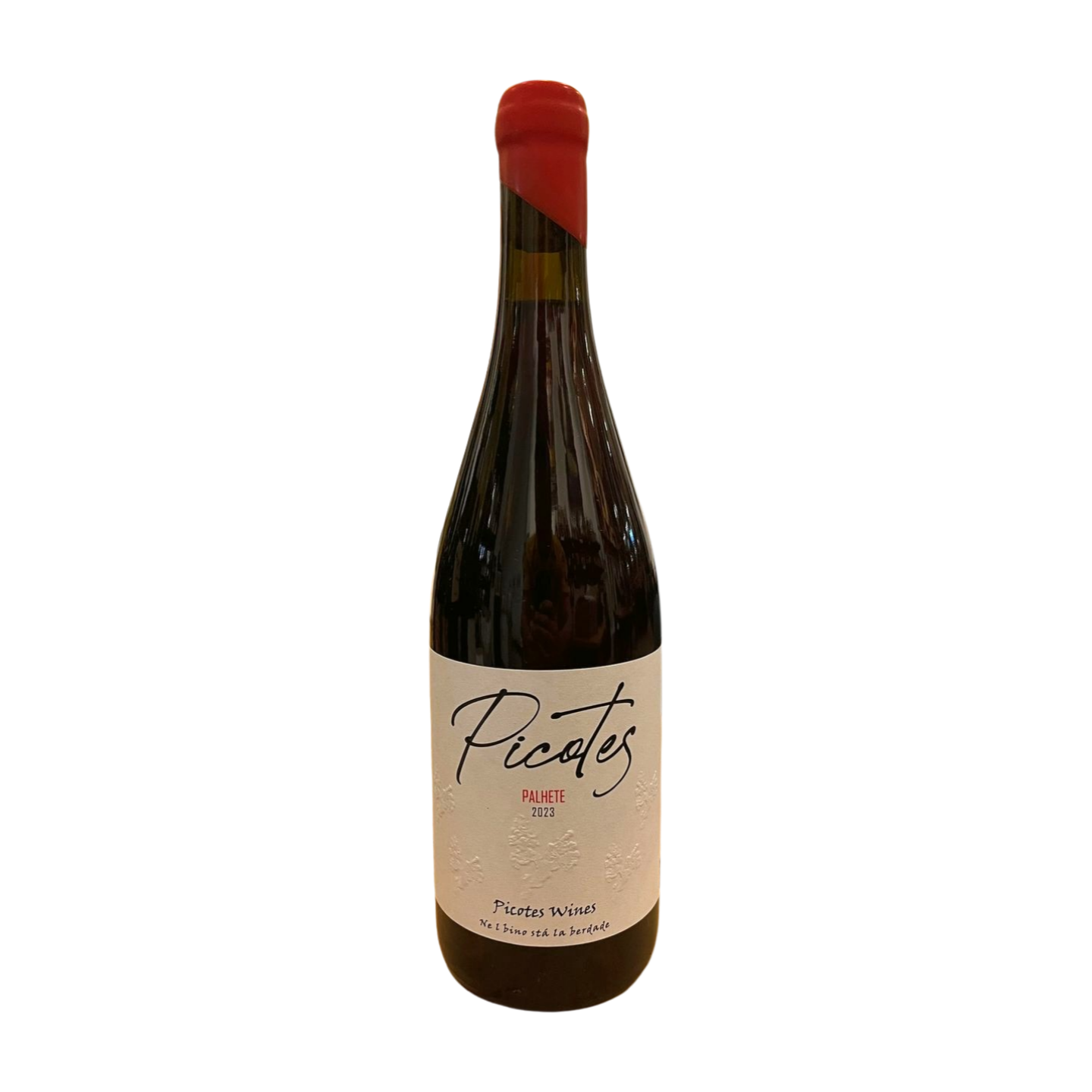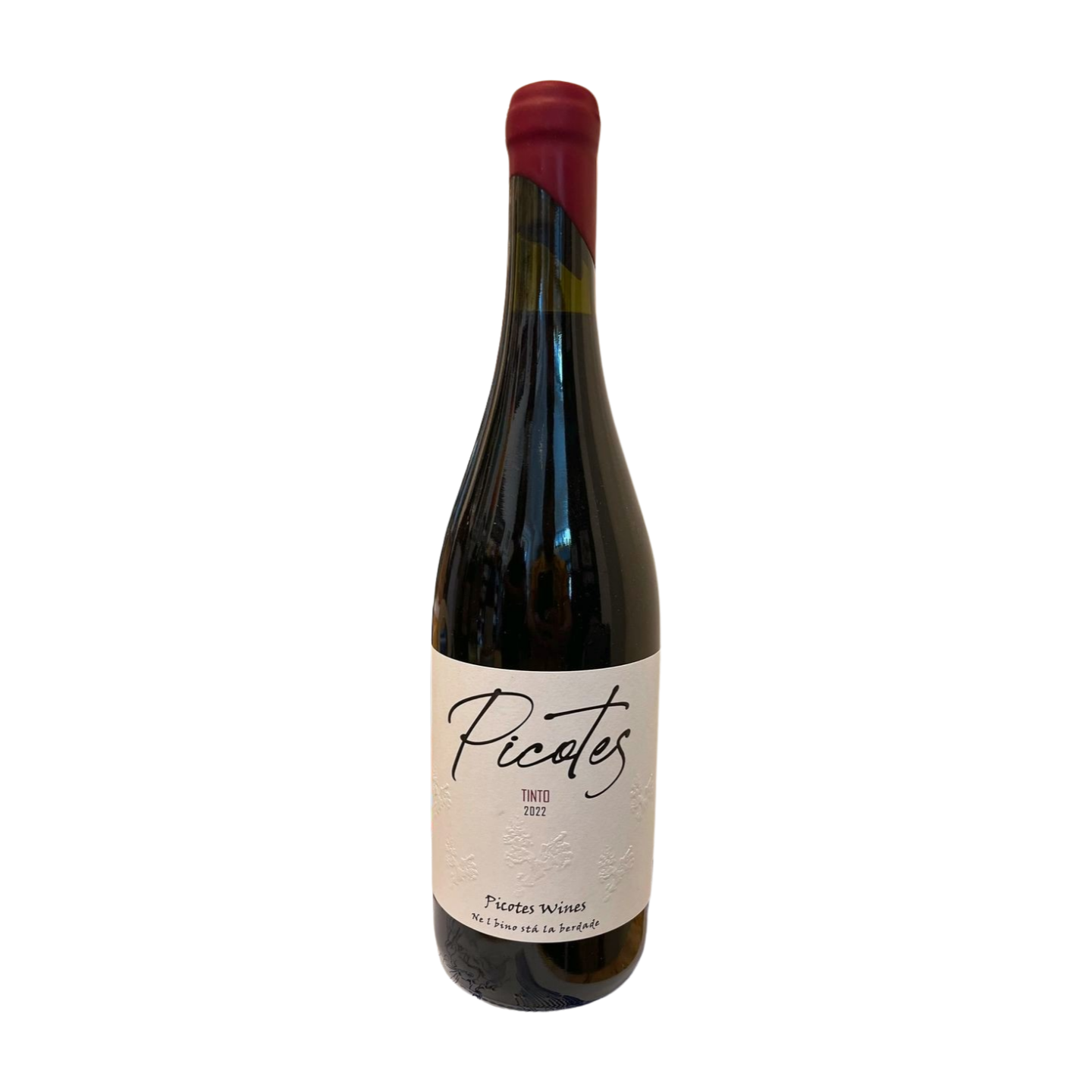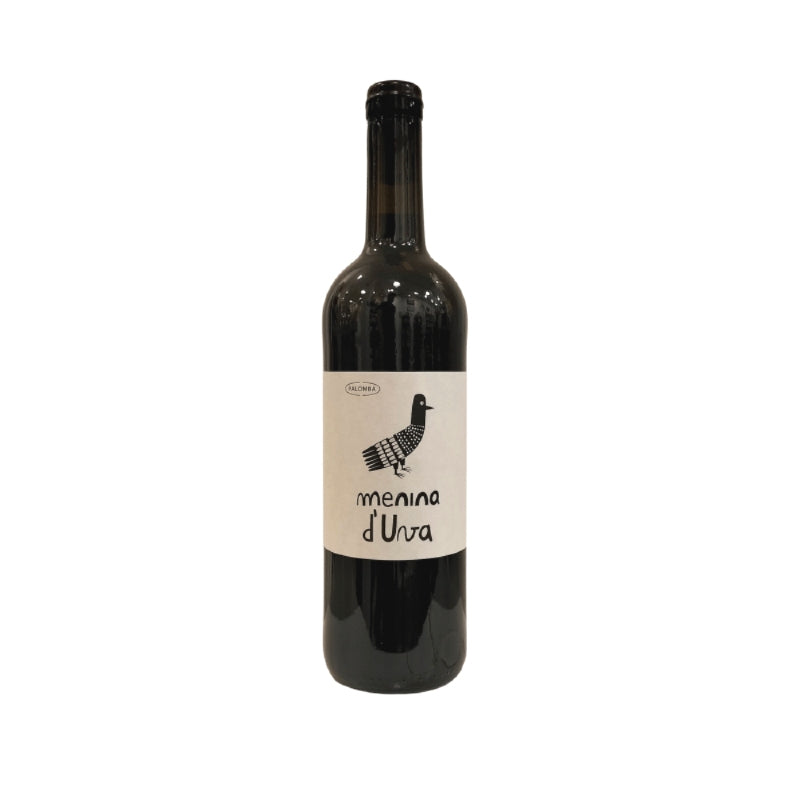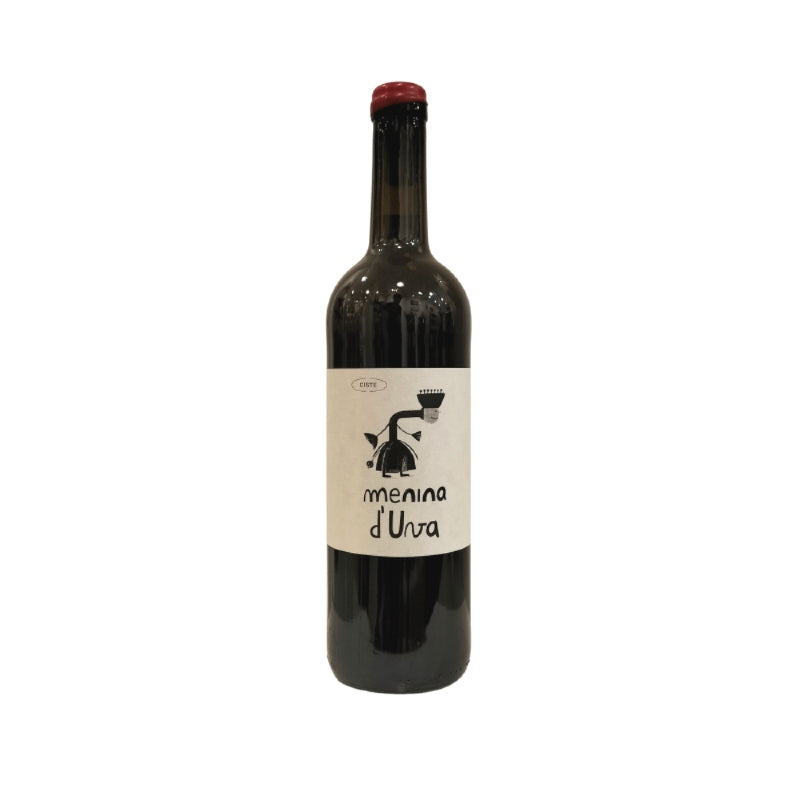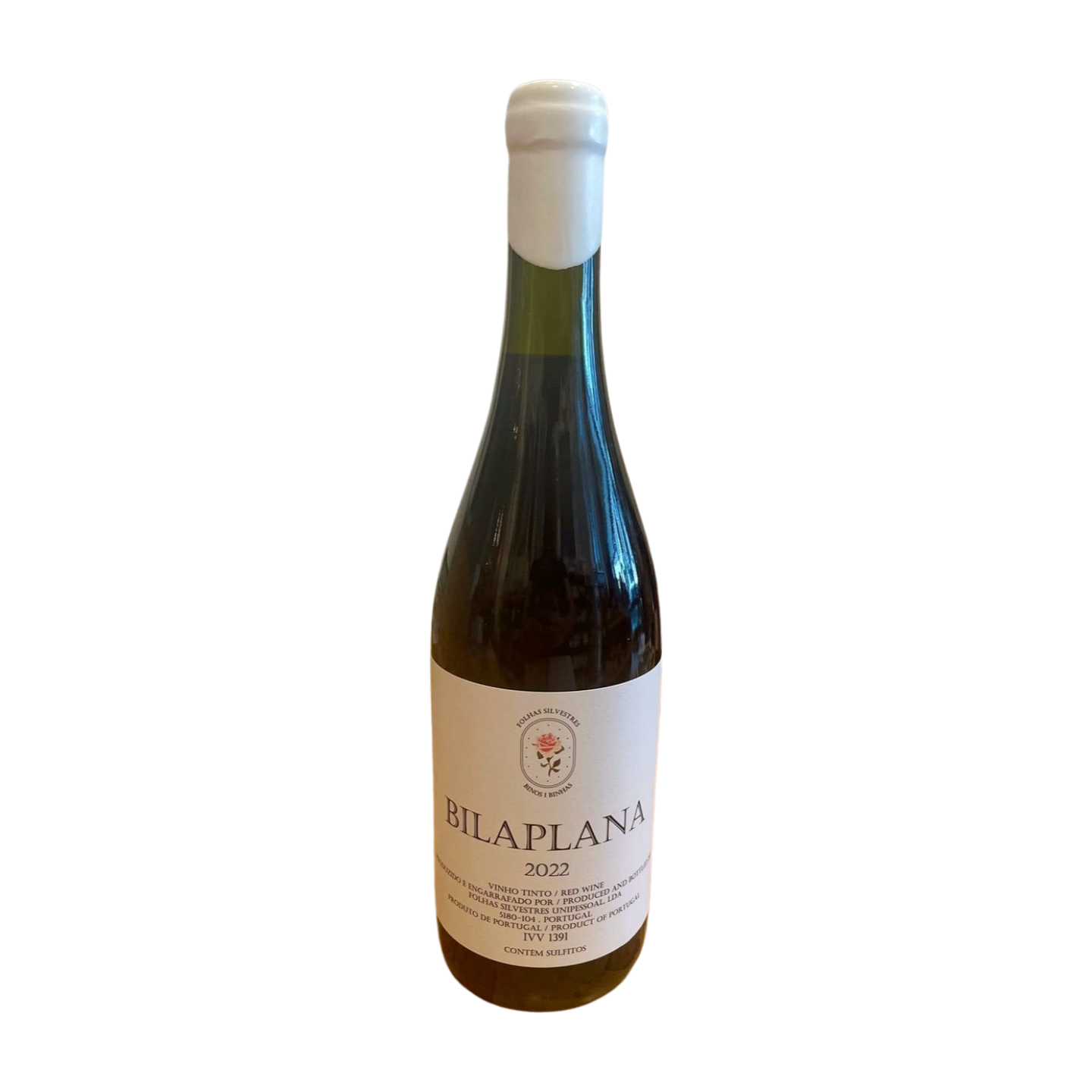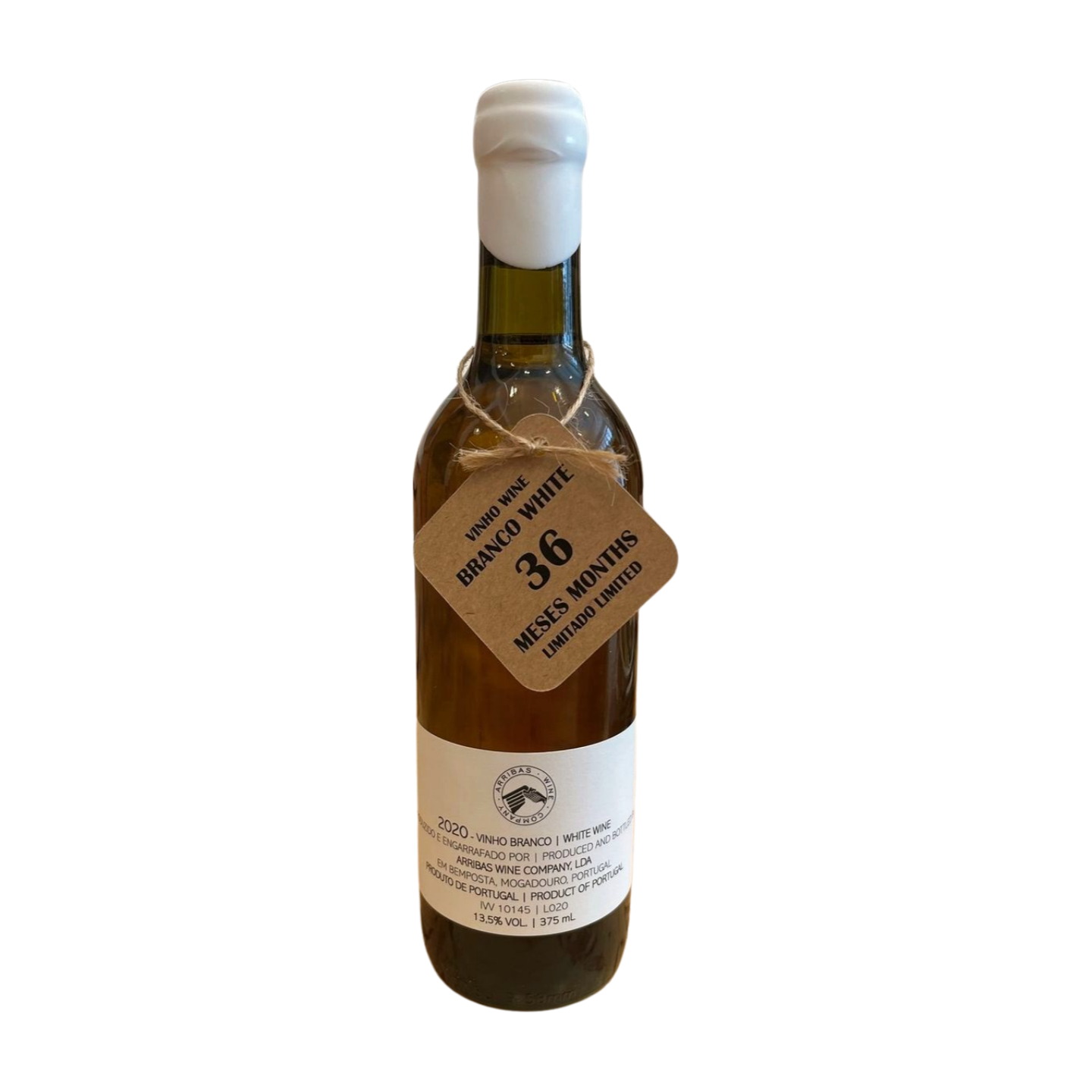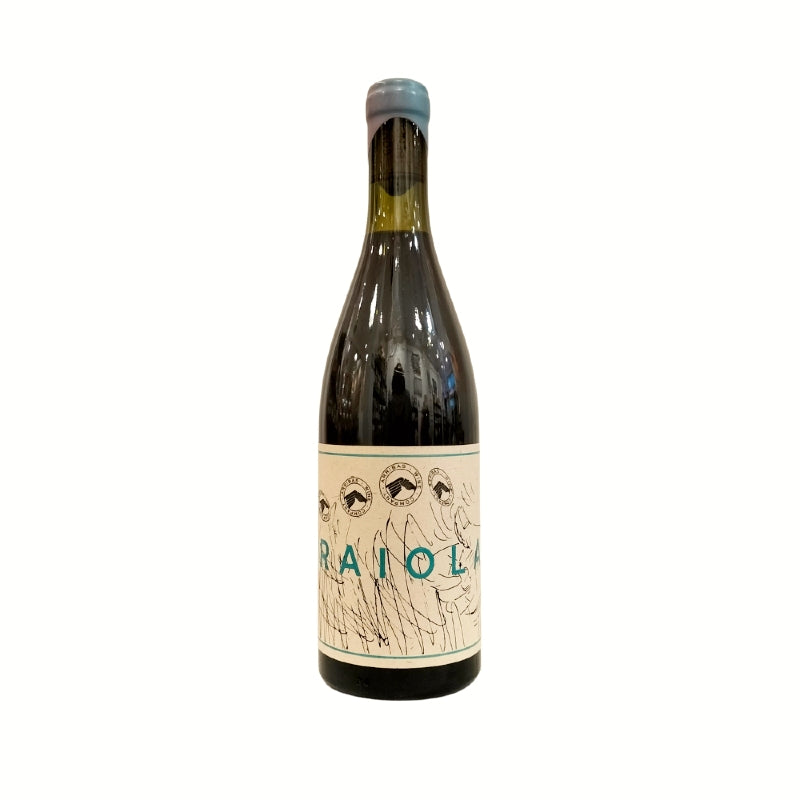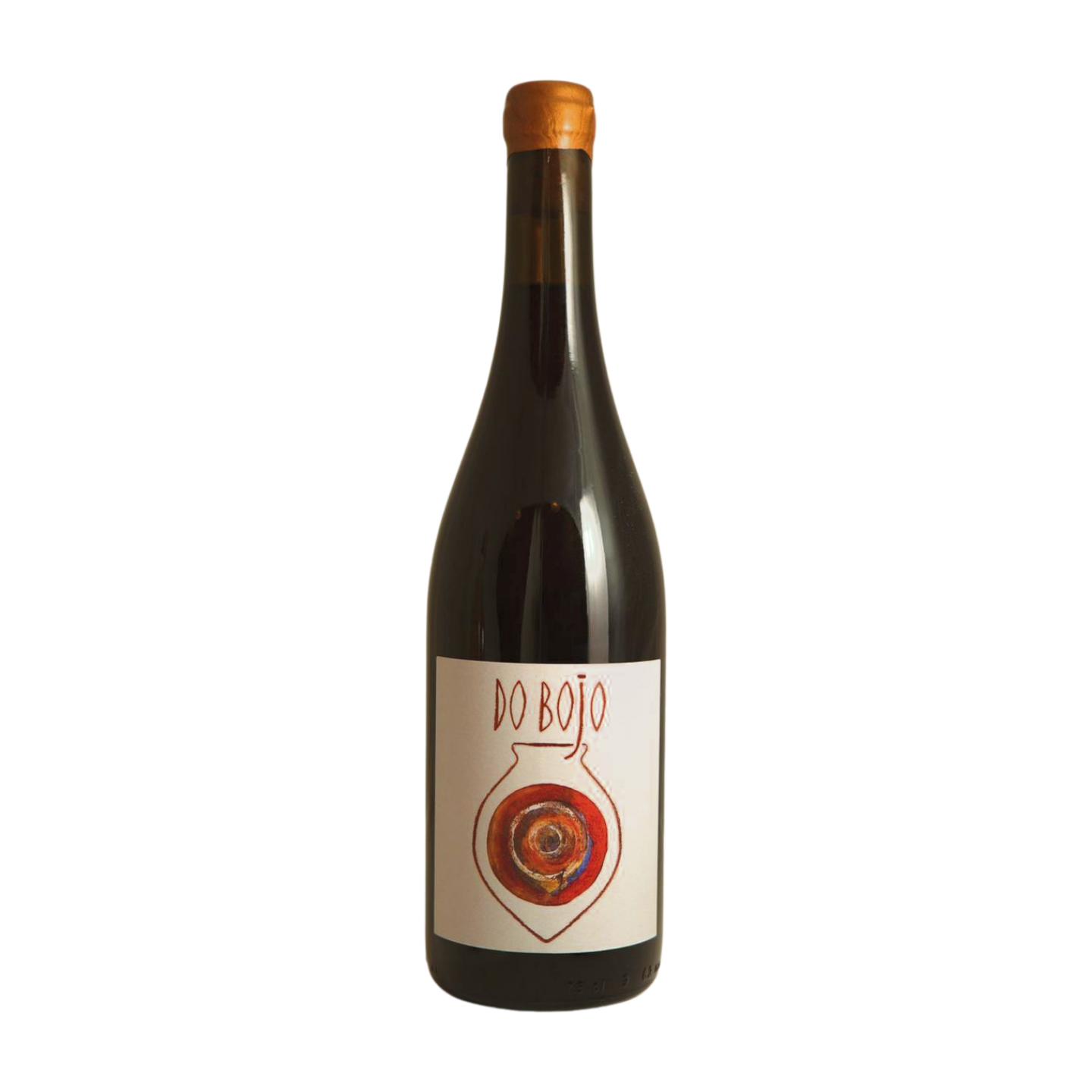Trás-os-Montes
Trás-os-Montes, located in the northeastern part of Portugal, is a distinctive winemaking region characterized by its rugged terrain, ancient vineyards, and diverse microclimates. The name "Trás-os-Montes," meaning "beyond the mountains," aptly describes its geographical isolation from the coastal areas, nestled among the Marão and Alvão mountains. This region has a rich viticultural history, with evidence of vine cultivation dating back to Roman times, as seen in the numerous ancient wine presses carved into granite.
The region is divided into three sub-regions: Chaves, Valpaços, and Planalto Mirandês. Each sub-region has unique climatic and geological characteristics that influence viticulture. Chaves features vineyards on the hillsides of small valleys near the Tâmega River, while Valpaços is a hilly plateau abundant in water resources. The Planalto Mirandês, influenced by the Douro River, has vineyards situated at higher altitudes, which contribute to the production of lighter wines.
Trás-os-Montes is renowned for its indigenous grape varieties, with red varieties such as Touriga Nacional, Bastardo, and Tinta Roriz, and white varieties including Malvasia Fina and Gouveio. The wines produced here are increasingly recognized for their quality, often exhibiting a full-bodied character with rich flavors and aromatic profiles.
In recent years, the region has made significant strides in sustainable viticulture. Many producers are committed to organic farming practices, emphasizing small-scale production that allows for meticulous attention to detail. This approach not only preserves the traditional methods of winemaking but also enhances the expression of the terroir. The commitment to sustainability is evident in the use of environmentally friendly practices that aim to maintain the health of the vineyards and the surrounding ecosystems.
Notable producers in Trás-os-Montes include a growing number of wineries that have emerged over the last few years, with many smallholders contributing to local cooperatives. These producers are dedicated to showcasing the unique characteristics of their wines, often engaging in innovative practices such as vinification in traditional granite lagares and aging in cement tanks, which reflect a blend of heritage and modernity.
Overall, Trás-os-Montes is a region that not only offers a rich tapestry of history and tradition but also embraces a sustainable future in winemaking, making it an exciting area for both wine enthusiasts and those interested in the cultural heritage of Portugal.
Filters
Portuguese wine
Frequently asked questions
The entire country of Portugal is divided into 14 different wine regions, including in the Azores and Madeira islands. Some of Portugal's most famous winemaking regions include the Douro Valley (known for Port) and Vinho Verde (known for its light, refreshing white wines).
Portugal is becoming more well known for its orange wines, talha wines (traditionally made in clay pots), and palhete (made by blending red and white grapes together).
Portugal is best known for its fortified wine, called Port wine. It is produced in the Douro Valley, which is a UNESCO World Heritage Site and recognized as the world's first demarcated wine region, established in 1756.
Vinho Verde in northern Portugal is another popular winemaking region characterized by rolling hills and lush landscapes. It's known around the world for low-alcohol, refreshing white wines, although the region traditionally focused more on red wines made with the fruit-forward vinhão grape.
The Portuguese island of Madeira, with its subtropical climate, is renowned for its fortified wines. Winemaking here dates back to the 15th century, when Portuguese
explorers brought grape varieties from around the world.
Our sustainable, natural wine shop is located in the Marquês neighborhood in Porto, Portugal. We also ship to countries around the world, including within Europe, the United States, Canada, Australia, China, and more. Review our Shipping Policy to learn more.
In recent years, there has been a notable shift toward sustainable viticulture and the production of natural wine in Portugal. Many winemakers are implementing organic farming practices and embracing biodiversity to maintain soil health and reduce chemical inputs. This commitment to sustainability is not only beneficial for the environment but also enhances the quality of the wines, allowing the unique characteristics of the terroir to shine through. For example, some winemakers are now utilizing ancient terracotta amphorae for fermentation (called talha in Portuguese). This method preserves regional cultural heritage, enhances the wine's character, and aligns with sustainable practices by reducing reliance on modern materials.

